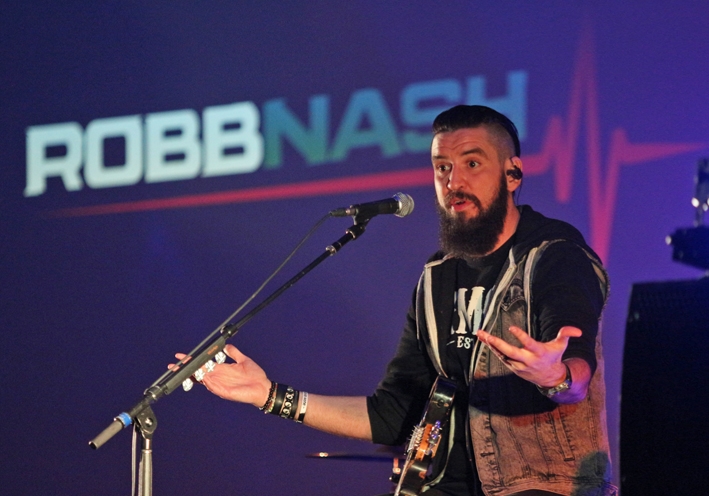This week we learned about storytelling with video for learning! This is a widespread technique used in education settings, and a technique that I have often used when teaching.
A meaningful learning experience that started with a story was when I was in middle school, and we had a speaker named Robb Nash that came in to speak to our school about mental health. When Nash was 17, he was in a near-fatal car crash where he almost died. He was found not breathing with no pulse, and a first responder resuscitated him, saving his life. This traumatic event sparked Nash’s long battle with depression. Nash’s story is extremely emotional and terrifying to imagine being in his shoes. Further, to enhance his message and goal, Nash uses music to reach out to students and teachers. What made Nash’s story so impactful for me was how he described the event, how he felt, the sheer terror he felt in that car accident, and the sadness and grief he felt after surviving a car accident.

Ultimately, Nash’s goal in this presentation was to ignite the discussion about mental health and work towards ending stigma, but to do so, he used a few storytelling techniques that we reviewed this week, such as using a conversational tone and making the presentation powerful and accessible. Nash’s conversational style was friendly and enthusiastic, creating an environment that viewers couldn’t take their eyes off; his story encapsulated everyone. This use of conversational tone is Mayer’s Personalization Principle (Mayer, 2005). Further, Nash went as far as to include a PowerPoint with captions displayed and had an ASL signer to ensure his presentation was accessible to everyone, thus following Universal Design for Learning guidelines (CAST, 2018).
I hope you all enjoyed the read 🙂
Amelia
References
“About UDL” from CAST (2018)http://udloncampus.cast.org/page/udl_about
Mayer, R., & Mayer, R. E. (Eds.). (2005). The Cambridge handbook of multimedia learning. Cambridge university press
xinyiiw
Hi Amelia, thanks for your informative post. Mental health is a topic that is being discussed more and more everyday, and rightly so. After being considered taboo for so long, it is time that we as a society talk more freely about these struggles that anyone can face. I like how you mention that Robb Nash sometimes uses song and music to deliver his messages about mental health: music is a great way (though maybe unconventional) to deliver information. It is great that Nash included an ASL signer with his presentations to ensure that the accessibility needs of all audience members are met.